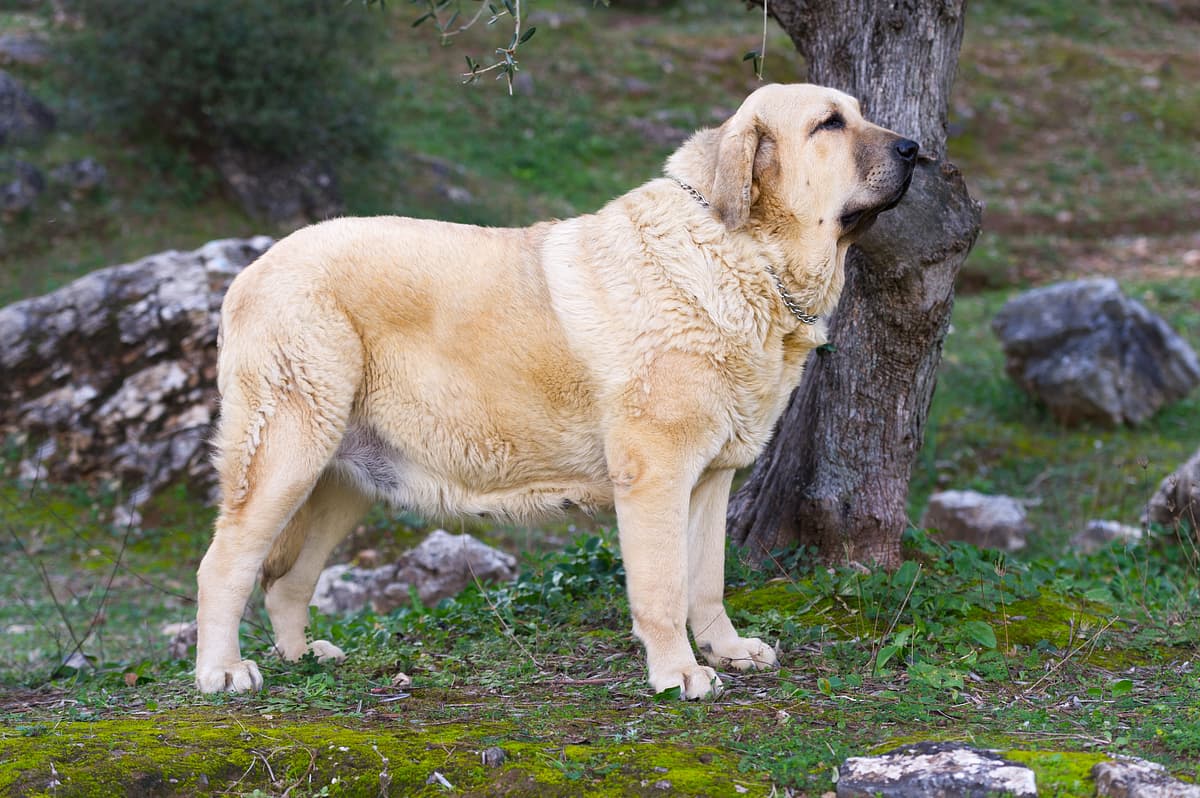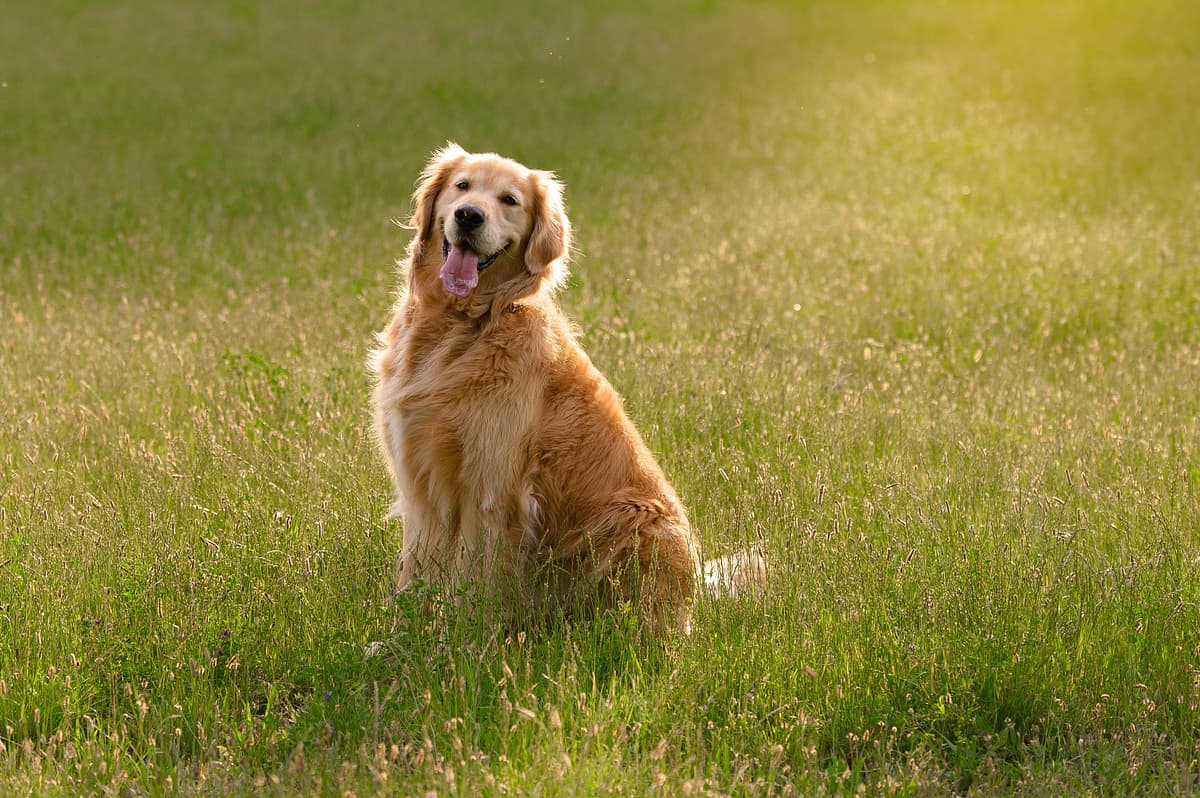Spanish Mastiff vs Golden Retriever
Discover the differences between Spanish Mastiff and Golden Retriever to make the best choice for your situation.
Try different breeds

Spanish Mastiff
Massive yet gentle, this loyal guardian forms strong bonds with family and thrives in calm environments. Calm, patient, and protective, it excels as a devoted companion.

Golden Retriever
A loving, intelligent breed with an easygoing nature and playful spirit. Known for loyalty and adaptability, making them exceptional companions for families of all kinds.
Quick comparison
Large
52–70 kg
Dense, straight
10–12 years
40–60 kg
Low activity needs
Large
29–34 kg
Double coat, water-repellent
10–12 years
25–29 kg
High energy
Personality & behavior
Compare the personality traits and behavioral characteristics of both breeds.
Spanish Mastiff
Calm, gentle, and tolerant with familiar people
Learns commands steadily, responds to training
Low activity needs, prefers calm environments
Not highly playful, enjoys relaxed companionship
Adjusts moderately to new environments and changes
Golden Retriever
Very sociable, enjoys people and other dogs
Quick to learn commands and routines
Needs regular activity and mental stimulation
Loves games and interactive activities
Adjusts well to various living environments
Care needs
Exercise, grooming, and daily care requirements
Spanish Mastiff
Hip dysplasia, entropion
Golden Retriever
Hip dysplasia, elbow dysplasia
Suitability
How well each breed fits different living situations and families
Spanish Mastiff
Challenging for novices
Requires experienced handling due to size and temperament
Not suitable
Needs ample space and dislikes confined environments
Moderately suitable
Enjoys moderate activity but prefers a calm lifestyle
Gentle guardian
Patient and protective with children, but may unintentionally knock over toddlers
Generally compatible
Can coexist with other pets if socialized early
Poor fit
Prone to separation anxiety and destructive behavior if left alone too long
Golden Retriever
Great choice
Friendly, trainable nature makes them easy for new owners to manage
Needs space
Large size and high energy can be challenging in small apartments
Highly suitable
Enjoys regular exercise and outdoor activities with active people
Perfect fit
Gentle temperament and patience make them excellent with young children
Very friendly
Generally sociable and gets along well with other pets
Prone to anxiety
Dislikes being left alone for extended periods and may develop separation issues
Breed strengths
What each breed excels at and their best qualities
Spanish Mastiff
- Protective of family and property
- Calm and gentle with children
- Strong deterrent for intruders and predators
- Adaptable to rural and farm environments
- Low grooming needs despite heavy coat
Golden Retriever
- Friendly with children and other pets
- Highly trainable and eager to please
- Consistent, gentle temperament in most settings
- Reliable as therapy and assistance dogs
- Strong retrieving and swimming abilities
Challenges & considerations
Potential challenges and considerations for each breed
Spanish Mastiff
- Prone to drooling and slobbering
- Needs significant space to roam comfortably
- Can be stubborn during training sessions
- High risk for hip and joint issues
- May be wary or aloof with strangers
Golden Retriever
- Prone to obesity without portion control
- High shedding year-round requires regular grooming
- Needs ample daily exercise to prevent boredom
- Can develop separation anxiety when left alone
- Susceptible to certain genetic health conditions
Ready to choose your perfect breed?
Learn more about each breed or compare other breeds to find the perfect match for your lifestyle.
Discover more helpful tools
Make use of our other free tools to get the most out of your pet experience
